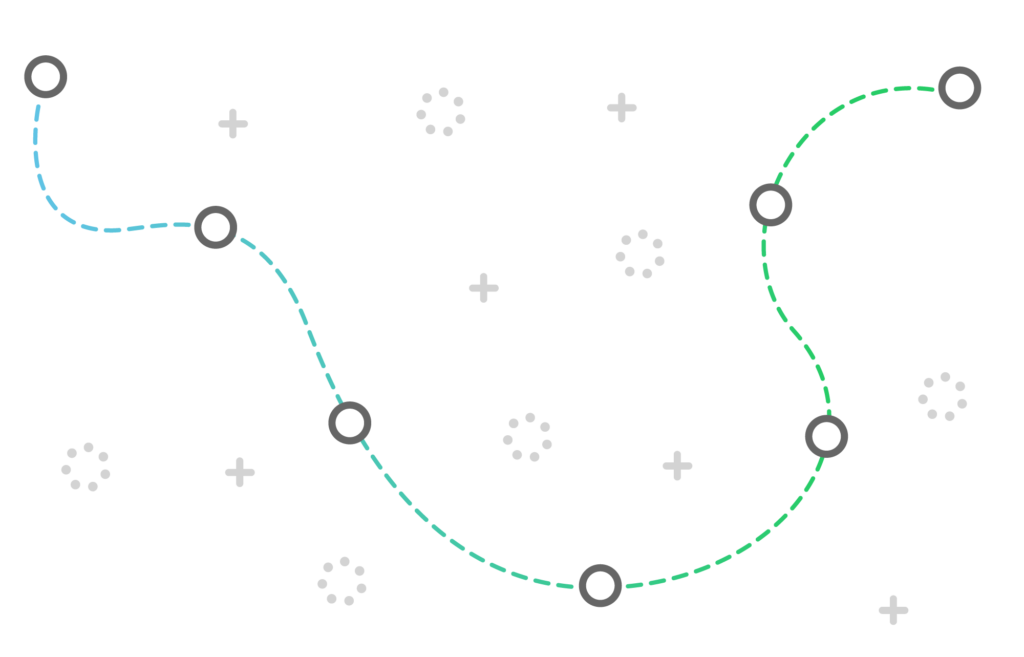Number 1: You choose the wrong company
It’s as simple as that.
According to the CFPB, 47% of mortgage applicants fail to shop around for their mortgage.
Most often, homeowners will refinance with their existing lender, thinking that lender will offer the best deal. Big mistake.
First, your existing lender doesn’t actually hold your loan, they are your mortgage servicer and you will have to apply with them just like any other lender.
Second, sometimes lenders will try to take advantage of their existing customer’s loyalty and charge higher fees compared with new customers.
Shopping around can really pay off even with the same lender but through a different channel.
Many lenders offer wholesale interest rates that they do not offer directly to the consumer.
Pro Tip: Learn about wholesale interest rates so you can get the lowest mortgage rate on your refi.
Number 2: You choose the wrong interest rate
Most people choose the lowest interest rate possible and end up paying points and fees. While that could be smart in the long run, you really want to think about how long you plan on holding the mortgage.
The opposite of points is receiving a lender credit.
In most instances, when comparing two interest rates, the homeowner would have been better off choosing a higher interest rate and receiving a lender credit to cover all of the fees.
This is because the homeowner ends up not having the mortgage long enough to reach the break-even point. The median length of home ownership is 9 years and you may end up refinancing again.
And if rates ever drop further, you can always lower your rate again at no cost. That way you won’t be kicking yourself for paying fees the first time.
When insiders refinance their mortgage, they don’t brag about their rate, they brag about having the lender pay them to refinance. Negative closing costs are a real thing.
Pro tip: Inquire about negative closing costs in return for a higher rate. You can have the lender pay your property taxes, homeowners insurance, and even get up to $2,500 in a principal reduction.
Number 3: You take a small amount of cash-out
Cash-out refinances have slightly higher interest rates than rate and term refinance.
Cash-out refinances can make sense when you’re paying off debt and improving your home.
What doesn’t make sense is pulling out a small amount of cash, say $10,000.
When you refinance on a rate and term you can take some “cash-out” by structuring the loan creatively.
Even on a rate and term refinance, you’re allowed to get a maximum of $2,000 cash back, go two months without a payment, and get your escrow refunded by your existing servicer.
Pro Tip: If you want to take a small amount of cash-out, consider creatively structuring the loan so you can “take cash-out” without paying for it in the rate.

Refinance like a pro.

